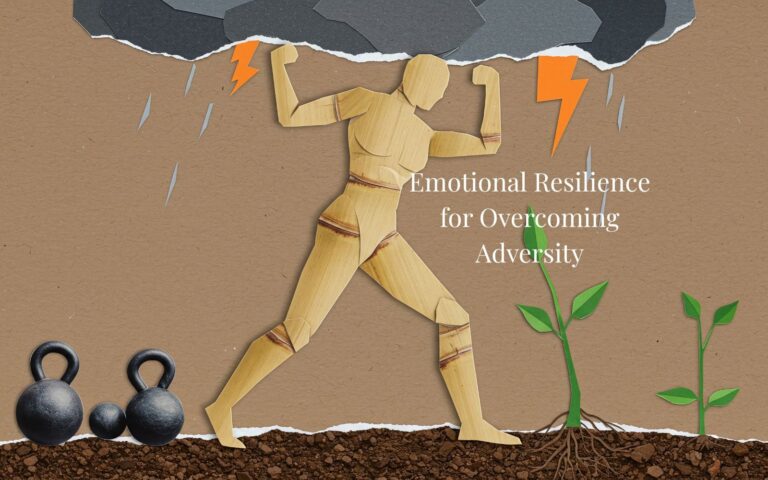Recognizing Signs of Burnout and How to Recover: Your Path to Sustainable Well-Being

Did you know that 76% of employees report experiencing workplace burnout, with 28% saying they’re “very often” or “always” burned out? If you’ve been feeling emotionally drained, physically exhausted, or questioning your purpose at work, you’re not alone.
Burnout isn’t just being tired after a long day-it’s a state of physical, emotional, and mental exhaustion that can seriously impact your health, relationships, and overall quality of life.
Understanding the signs of burnout and how to recover is crucial for maintaining both your professional effectiveness and personal well-being. In this guide, we’ll explore the warning signals your body and mind send when you’re approaching burnout, evidence-based recovery strategies, and practical steps to build resilience for the future.
As someone who has personally navigated burnout recovery while helping others do the same, I’ll share both research-backed insights and real-world applications that work in our demanding modern world.
What Is Burnout and Why Does It Matter?
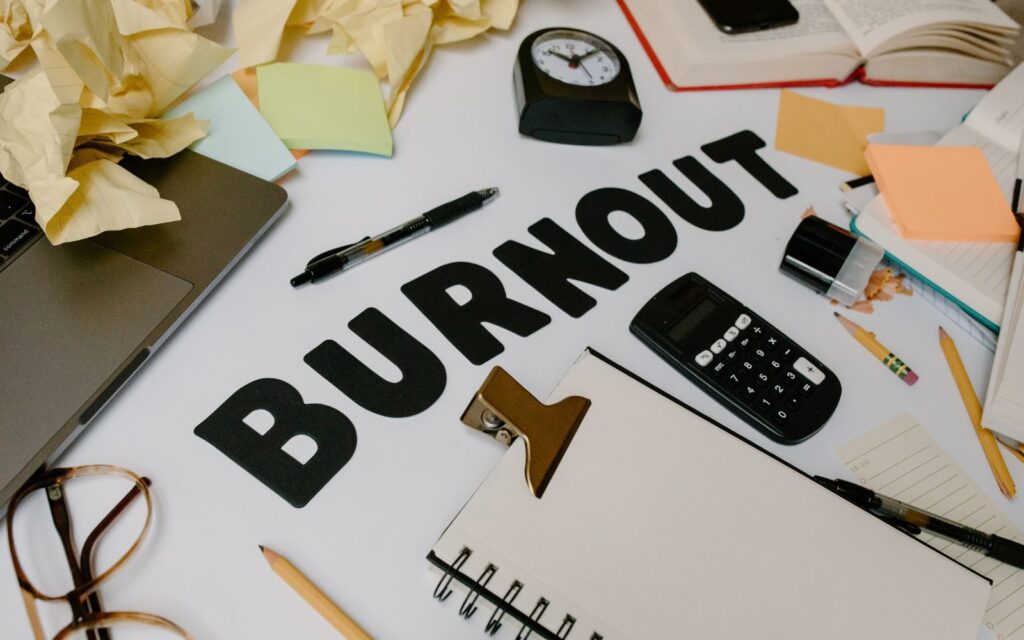
Burnout is a psychological syndrome characterized by three core dimensions: emotional exhaustion, depersonalization, and reduced sense of personal accomplishment. Unlike temporary stress, burnout develops gradually and represents a chronic state of imbalance between demands and resources.
The World Health Organization officially recognized burnout as an occupational phenomenon in 2019, highlighting its significant impact on global health.
Understanding these signs of burnout and how to recover isn’t just about improving work performance-it’s about reclaiming your life and preventing serious long-term health consequences.
Early Warning Signs of Burnout to Watch For
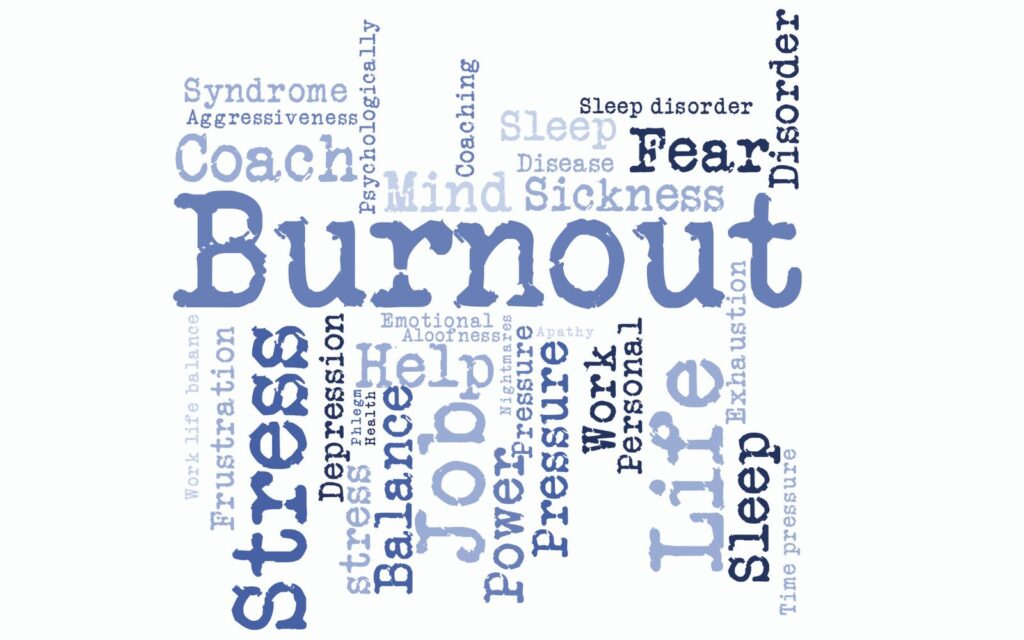
Physical Symptoms That Signal Trouble
Your body often sends the first distress signals when burnout is developing. Chronic fatigue that doesn’t improve with rest is one of the most common early indicators. You might notice persistent headaches, frequent illnesses due to a weakened immune system, or changes in sleep patterns.
Digestive issues, muscle tension, and unexplained aches and pains are also common. These physical symptoms of burnout often worsen gradually, making them easy to dismiss initially.
Emotional and Mental Red Flags
Emotional exhaustion typically manifests as feeling drained at the start of each day, rather than just at the end. You might experience increased irritability, anxiety, or a sense of dread about work responsibilities. Many people report feeling emotionally numb or disconnected from their usual sources of joy.
Cynicism and negativity often creep in, along with feelings of ineffectiveness despite your best efforts. If you’re questioning your competence or feeling like nothing you do makes a difference, these could be significant warning signs.
Behavioral Changes That Indicate Burnout
Procrastination and decreased productivity are common behavioral indicators. You might find yourself avoiding responsibilities, calling in sick more frequently, or struggling to concentrate on tasks that were once manageable.
Social withdrawal is another key sign—isolating yourself from colleagues, friends, or family members. Changes in eating habits, increased reliance on caffeine or alcohol, and neglecting self-care routines are also concerning patterns to monitor.
How to Recover from Burnout: Evidence-Based Strategies
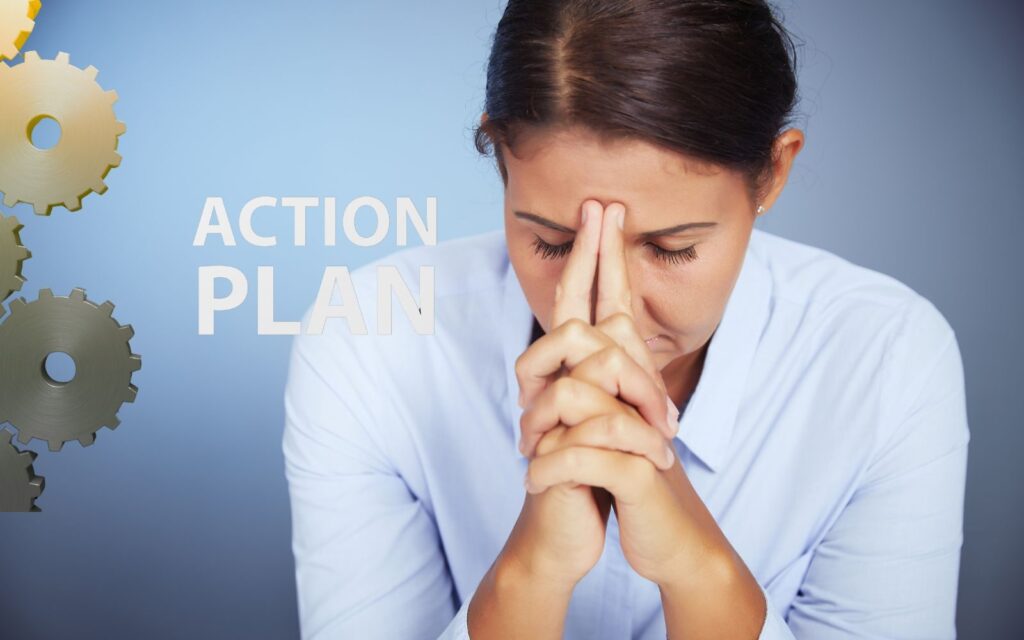
Immediate Recovery Steps
The first step in burnout recovery is acknowledging the problem without judgment. Take inventory of your current situation honestly, then prioritize getting adequate rest. This might mean taking time off work if possible, or at minimum, protecting your sleep schedule fiercely.
Establish clear boundaries between work and personal time. Turn off work notifications after hours, create a dedicated workspace if working from home, and communicate your limits clearly to supervisors and colleagues.
Building Long-Term Resilience
Recovery from burnout requires addressing root causes, not just symptoms. Evaluate your workload and identify areas where you can delegate, eliminate, or streamline tasks. Learning to say “no” to additional commitments is crucial during this phase.
Incorporate stress-reduction techniques into your daily routine. Research shows that mindfulness meditation, regular exercise, and spending time in nature can significantly reduce burnout symptoms. Even 10-15 minutes of daily mindfulness practice can make a meaningful difference.
Professional Support and Resources
Don’t hesitate to seek professional help when recovering from burnout. Mental health professionals can provide personalized strategies and help you work through underlying issues contributing to your burnout. Many employers also offer Employee Assistance Programs with confidential counseling services.
Consider working with a career coach if your burnout is primarily work-related. They can help you explore whether your current role aligns with your values and long-term goals.
Creating a Sustainable Work-Life Balance
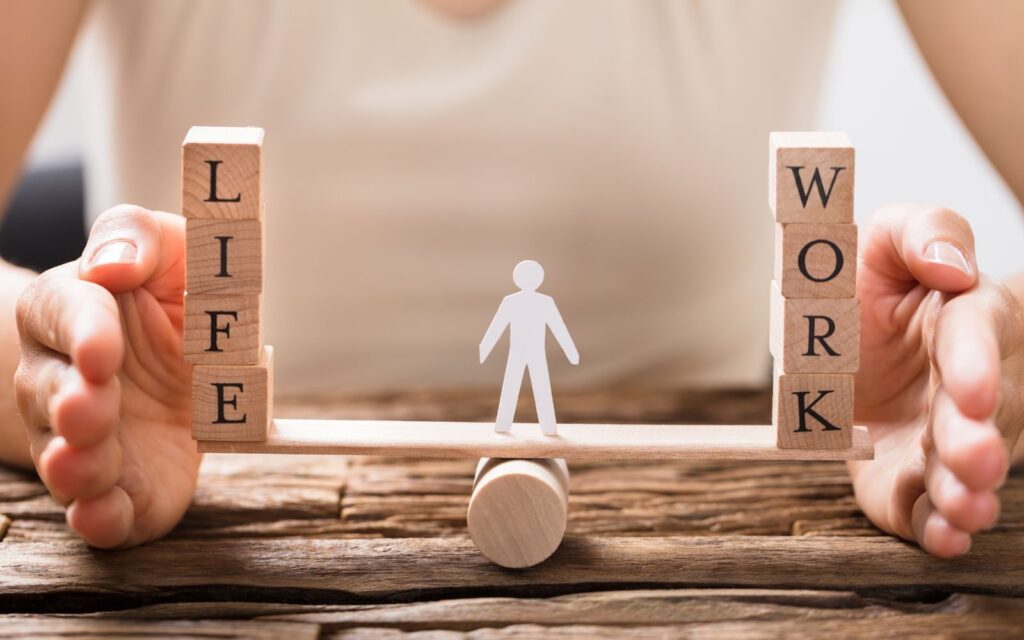
Setting Healthy Boundaries
Effective boundary-setting is essential for preventing future burnout episodes. This includes setting realistic expectations for yourself and others, learning to prioritize tasks effectively, and protecting time for activities that restore your energy.
Create rituals that help you transition between work and personal time. This might be a short walk after work, changing clothes, or spending a few minutes practicing gratitude.
Nurturing Your Physical and Mental Health
Regular exercise doesn’t have to mean intense gym sessions-even a 20-minute daily walk can significantly impact your stress levels and overall well-being. Prioritize nutritious meals and stay hydrated throughout the day.
Maintain social connections that bring you joy and support. Burnout often involves isolation, so actively nurturing relationships with family and friends is crucial for recovery and prevention.
Practical Takeaways
- Monitor your energy levels: Track how you feel daily to identify patterns and early warning signs
- Establish non-negotiable boundaries: Set specific times when you’re unavailable for work communications
- Practice the “good enough” principle: Perfectionism often fuels burnout, so aim for excellence rather than perfection
- Schedule recovery time: Treat rest and self-care activities as important appointments you can’t cancel
- Build a support network: Identify trusted colleagues, friends, or family members you can talk to about stress and challenges
Moving Forward with Intention
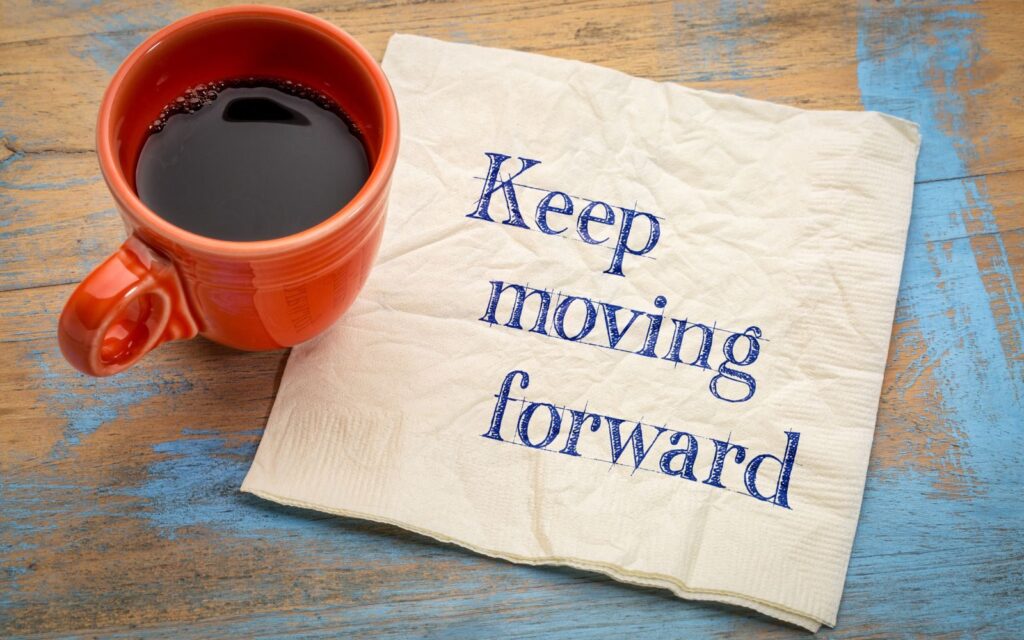
Recognizing signs of burnout and how to recover is an ongoing process, not a one-time fix. Recovery takes time-typically several months to a year for complete restoration-so be patient with yourself.
The strategies outlined here aren’t just temporary solutions but lifestyle changes that can help you build long-term resilience.
Remember that burnout recovery is highly individual. What works for others might not work exactly the same way for you, so experiment with different approaches and adapt them to fit your unique circumstances and lifestyle.
Take action today by choosing one small step from this guide to implement. Whether it’s setting a boundary, scheduling time for self-care, or reaching out for support, every positive change moves you closer to sustainable well-being and a more balanced life.
FAQs About Signs of Burnout and How to Recover
How Long Does It Take to Recover from Burnout?
Recovery from burnout typically takes 3-6 months with consistent effort, though severe cases may require a year or more.
The timeline depends on how long you’ve been experiencing symptoms, your support system, and your ability to make necessary lifestyle changes. Early intervention leads to faster recovery.
Can You Recover from Burnout Without Taking Time Off Work?
While time off work can accelerate recovery, it’s possible to recover from burnout while continuing to work by setting strict boundaries, reducing workload where possible, and implementing daily stress-management practices. The key is making sustainable changes to prevent further deterioration.
What’s the Difference Between Stress and Burnout?
Stress is typically short-term and related to specific pressures, while burnout is chronic exhaustion that develops over time.
Stress often improves when the pressure is removed, but burnout requires active recovery strategies and lifestyle changes to resolve.
Are Certain People More Prone to Experiencing Signs of Burnout?
Yes, perfectionists, people-pleasers, and those in high-demand careers like healthcare, education, and social services are more susceptible to burnout.
However, anyone can experience burnout when demands consistently exceed their resources and coping abilities.
How Can I Help Someone Else Who Shows Signs of Burnout?
Listen without judgment, encourage them to seek professional help if needed, and offer practical support like helping with tasks or simply being present.
Avoid giving advice unless asked, and respect their pace of recovery while gently encouraging self-care activities.


